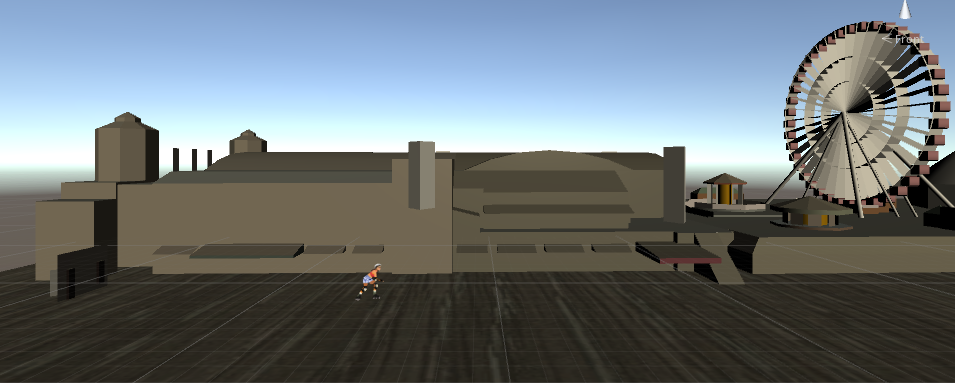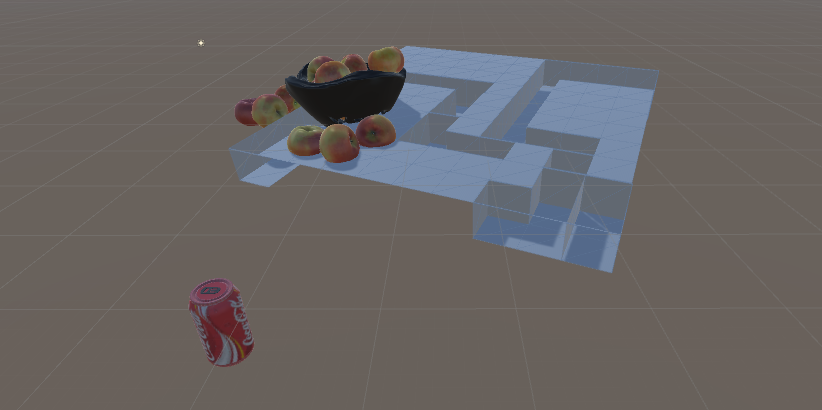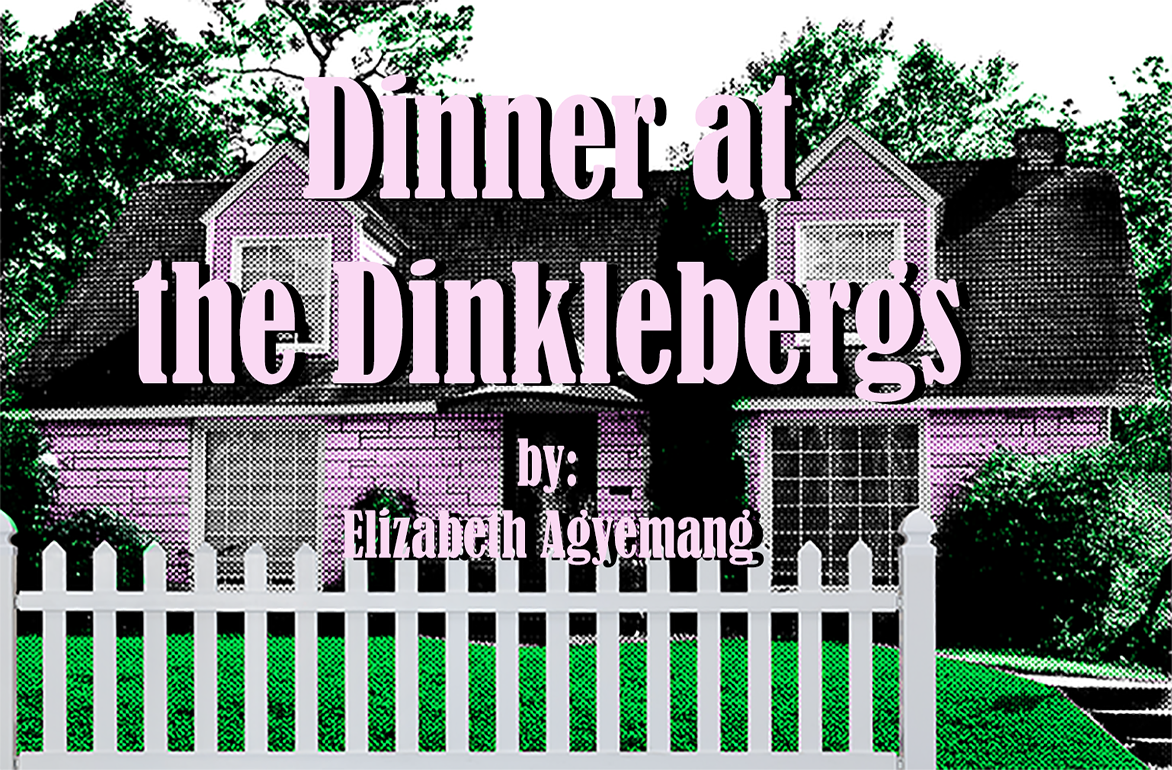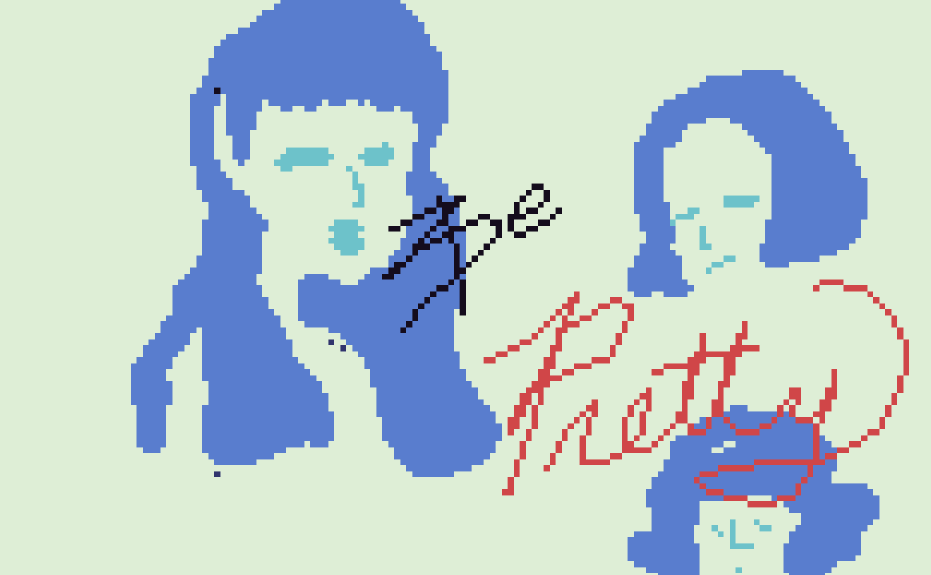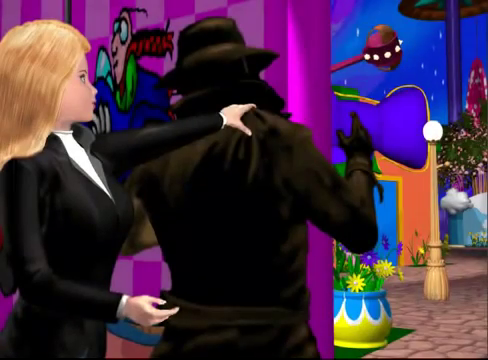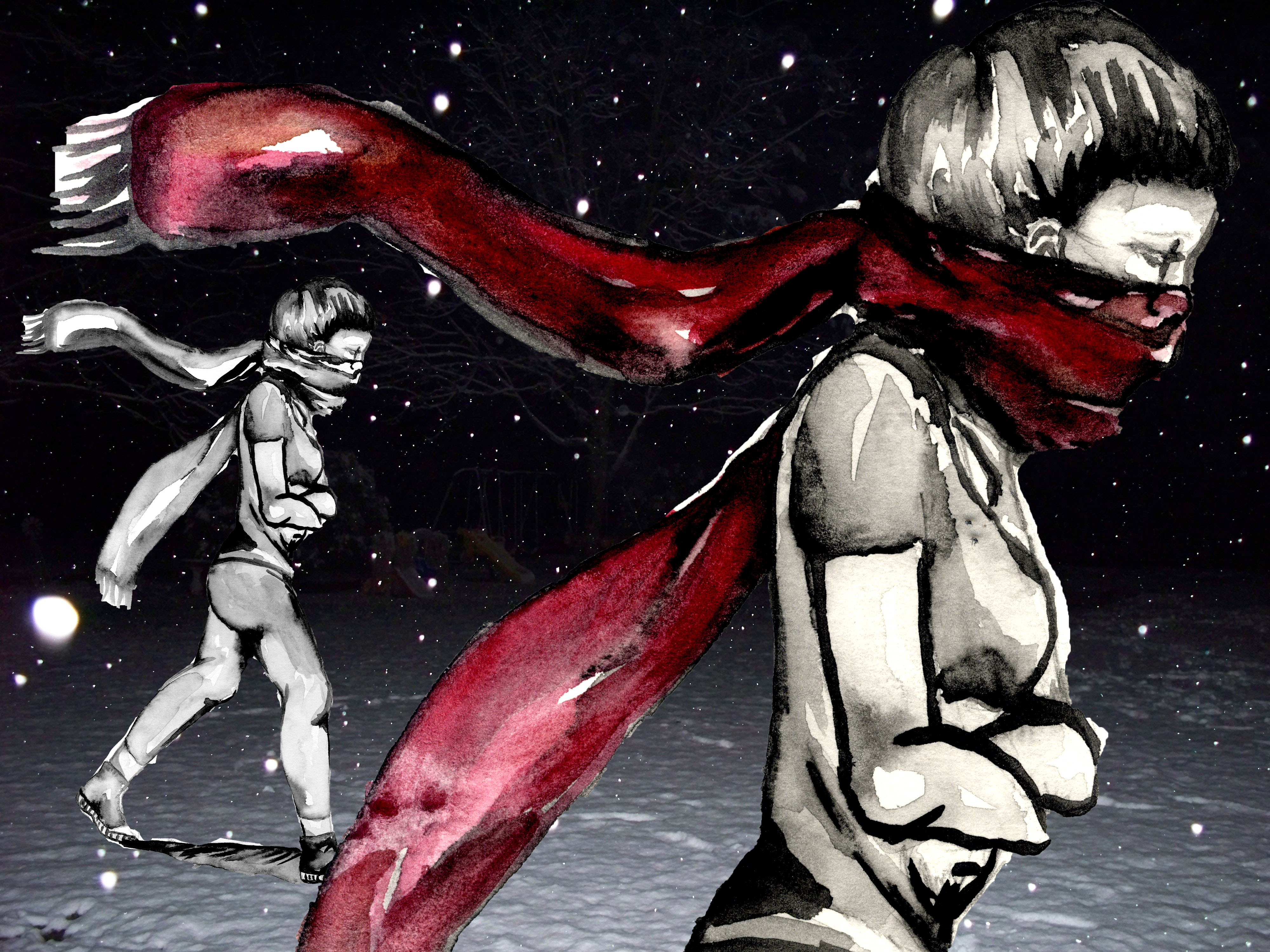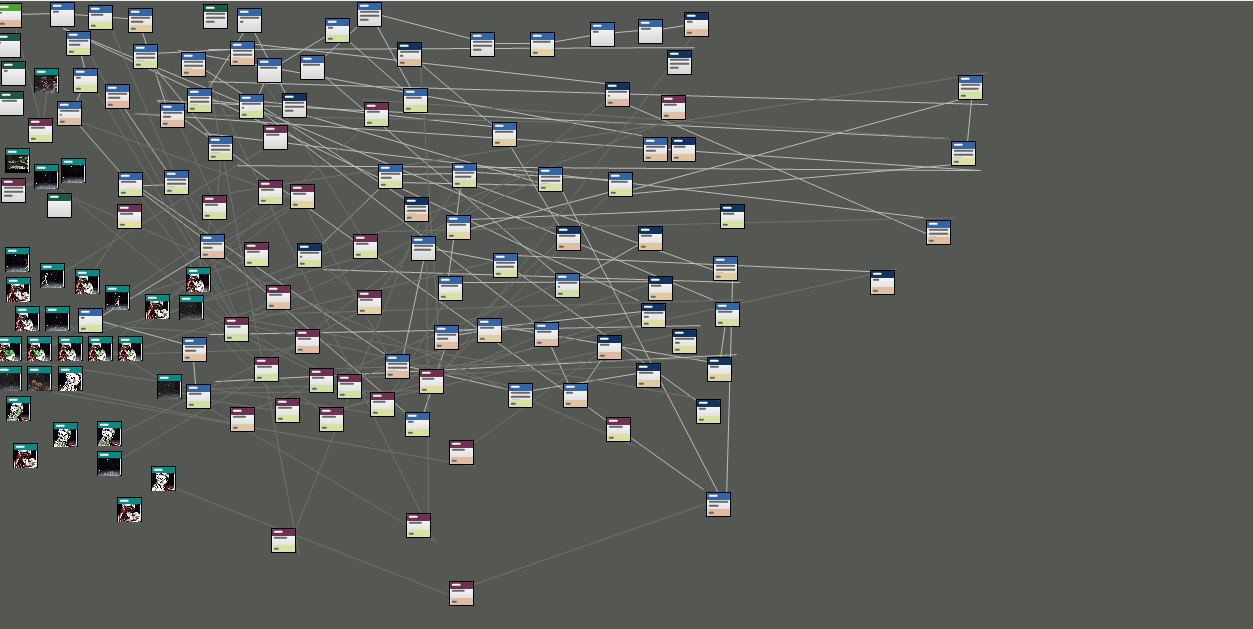Instead of following a specific developer, I wanted to focus on Naughty Dog and their transition from making 2-D platformers like Crash , which—were simplistic in both a narrative and gameplay elements, to triple-A story driven works like Uncharted and the Last of Us. To me, Naughty Dog’s evolution into a character and story driven works was a radical departure from their initial beginnings.
In an interview with Gamespot, Even Wells, the new director of Uncharted spoke of the studio’s decision to move away from games like Crash Bandicoot and Jak and Daxter.
“EW: It really is the motivational factor partly, and also because we develop a franchise to really take advantage of the hardware we’re making it for. And we felt that with Jak and Daxter–the way we were doing it on a PlayStation 2–was engineered to take advantage of the PS2.”
source: http://www.gamespot.com/articles/qanda-naughty-dog-on-uncharted/1100-6181783/
What I found interesting, was how their development first seems to stem from the hardware first and then to the story and characters they want to tell. While they worked with stylized characters and environments for Jak X (the last main title in the franchise they worked on before moving to Uncharted), they wanted to take advantage of the PS3 graphical capabilities and make human characters.

With Uncharted, they wanted to make a game that blurred the line between video games and cinema. Richard Diamant, the lead character artist at Naught Dog at the time of this transition, talked about how the responsibility of working on a the lead characters for the game.
source: http://www.3dtotal.com/team/interviews/Richard_diamat/richard_diamat_02.php

